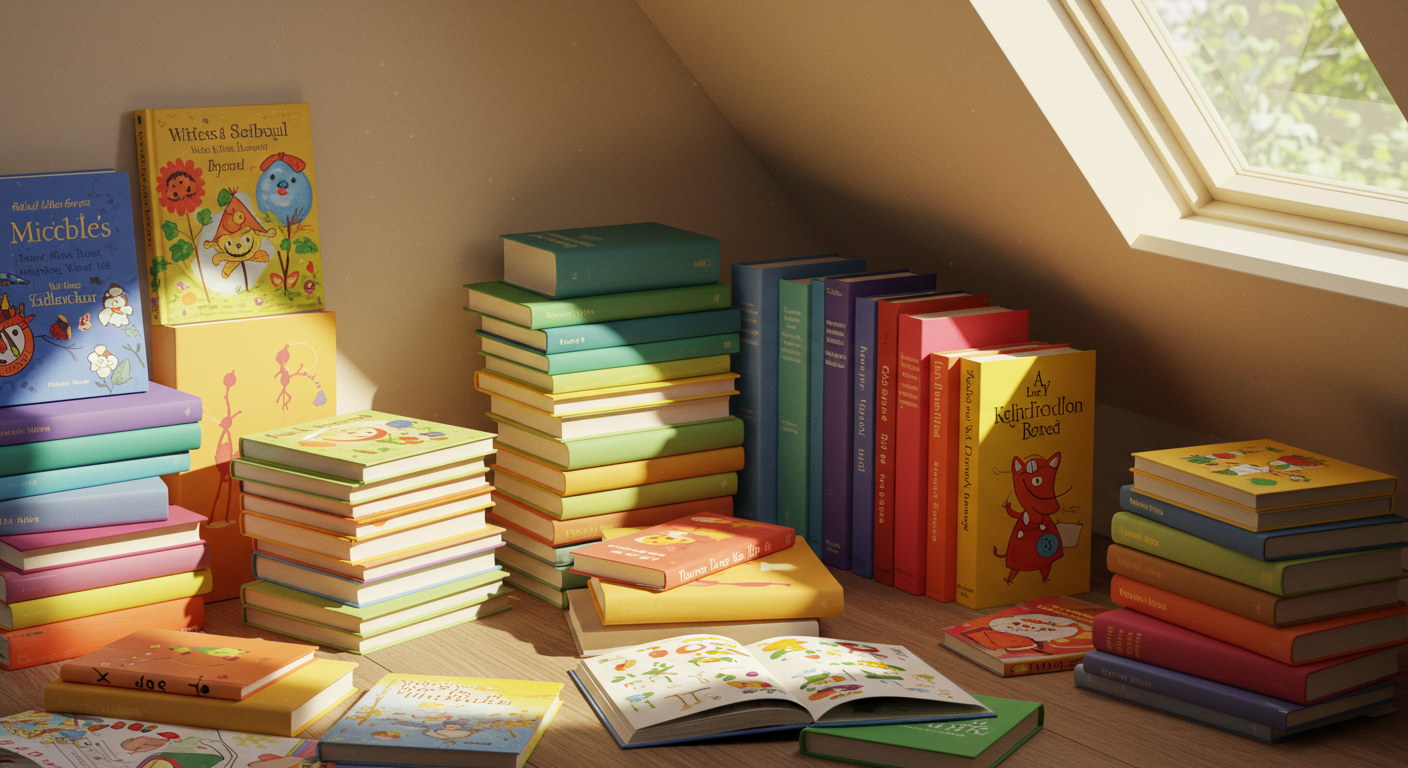The pacing of a manga can significantly affect a reader’s engagement with the story. While some readers enjoy slow, methodical storytelling that builds depth and character, others may find it frustrating when events don’t progress as quickly as expected. In this article, we’ll explore why the pacing of certain manga may seem slow and whether it’s an intentional choice by the author or a potential flaw in the storytelling.
What is Pacing in Manga?
Pacing refers to the speed at which a story unfolds. It dictates how quickly or slowly plot points are revealed, how fast action sequences occur, and how much time is spent on character development or world-building. In manga, pacing is controlled through the number of panels per page, the content of each panel, and the frequency of plot developments.
Why Do Some Manga Seem to Have Slow Pacing?
There are several reasons why a manga might appear to have slow pacing:
- Character Development: Some manga take their time to build complex characters, which can slow the plot down as readers learn more about the characters’ motivations and backstory.
- World-Building: In fantasy or sci-fi genres, the author might need to establish an intricate world with its own rules, geography, and history, which can take time.
- Suspense and Tension: Slow pacing can be used to create suspense, where the reader is slowly led toward a significant revelation or climax, making the eventual payoff even more impactful.
- Genre Expectations: Some genres, like slice-of-life, may naturally have a slower pace due to the focus on day-to-day life and personal interactions.
How to Evaluate Pacing in Manga
To determine whether a manga’s pacing is too slow, consider the following:
- Engagement: Are you still invested in the characters and the world despite the slow progression? If yes, the pacing might be effective.
- Plot Development: Is there a sense of progression, even if it’s slow? If nothing seems to change or develop, it may be an issue.
- Author’s Intent: Does the author seem to be deliberately slowing down the story for thematic or emotional impact?
When Slow Pacing Works
Slow pacing can be an intentional artistic choice. For example, in manga like Monster or March Comes in Like a Lion, the slow pace allows for deep character development and nuanced storytelling. The slow build-up may seem like it’s dragging at times, but it’s essential for creating emotional weight and making the eventual climax more powerful.
When Slow Pacing Becomes a Problem
If a manga’s pacing feels excessively slow without contributing meaningfully to the story, it can lead to reader frustration. This is often the case in stories where the plot feels stagnant, and the tension is never resolved. If you find yourself losing interest or skipping pages, it might be a sign that the pacing isn’t working.
Conclusion
Whether slow pacing in manga is a positive or negative aspect depends largely on personal preference. If you enjoy a well-developed story with plenty of depth and atmosphere, slow pacing may be a welcome feature. However, if you prefer faster-moving narratives with more immediate plot progression, you might find slow pacing less appealing. Ultimately, it’s about balancing the need for development with the desire for momentum.



コメント